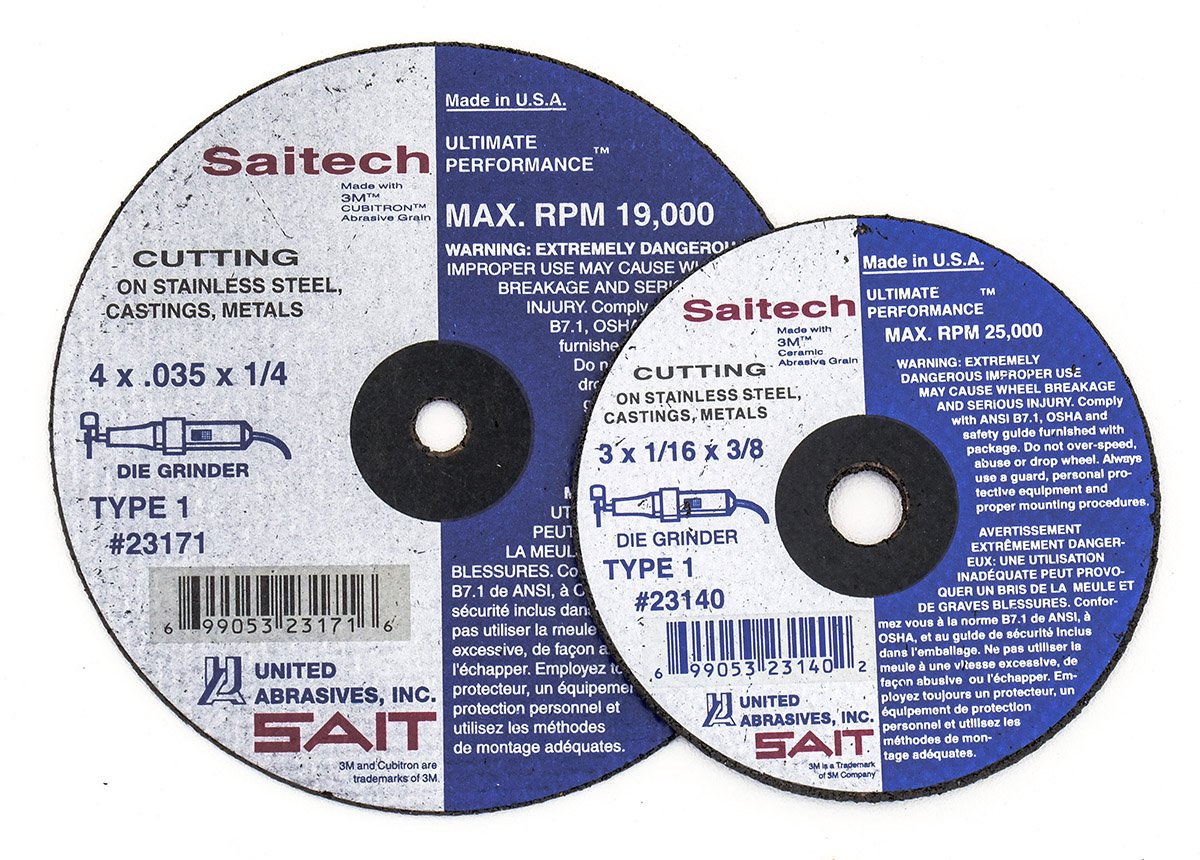Neil
Supporter
OK, Howard, here are two more pictures. I formed the toe loop out of 0.040" 5052 H34 aluminum. To make the shape a bit stiffer, I formed two slight flanges on each edge. It's riveted to the top of the pedal. To be perfectly frank, I find it a PITA and I wouldn't have added it if it were not required by the SCTA rule book.
Lots of dirt and salt to be cleaned out.
Lots of dirt and salt to be cleaned out.






























